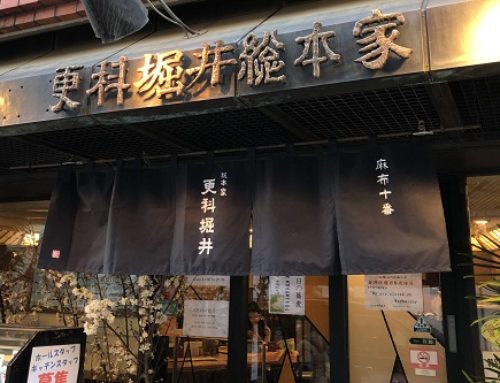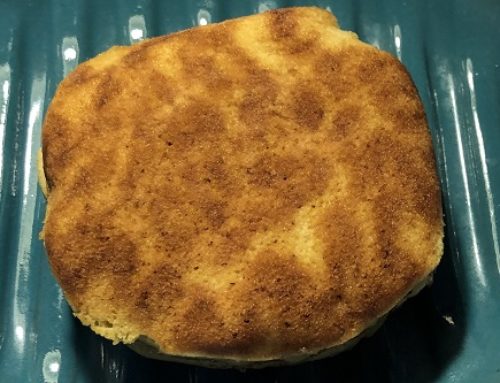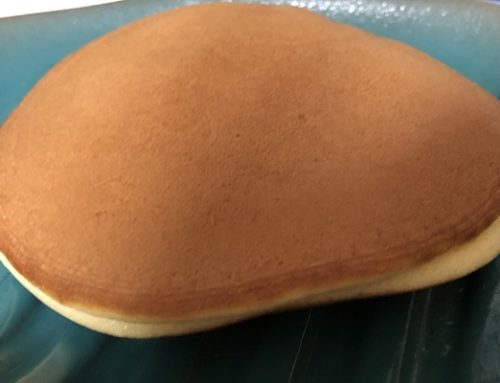I think dishes in Tokyo are characterized by wide variety in cuisine and high quality of dishes.
The number of Michelin-starred restaurants in Tokyo
I don’t say Michelin’s evaluation on restaurants always fair or Michelin-starred restaurants always offer high-quality cuisine. But I may say Michelin star works as kind of indicator of quality of cuisine.
The number of Michelin-starred restaurants in Tokyo on Michelin 2019 version is as follows. Three stars restaurants are 13, two stars restaurants are 52, one star restaurants are 165.
Whereas in Paris, three stars restaurants are 9, two stars restaurants are 16, one star restaurants are 98. Since population of Tokyo is much larger than Paris, we cannot compare simply. But we may say if Michelin star is kind of a measure of cuisine quality, Tokyo has many high-quality restaurants. Among cities in the world, the number of Michelin-starred restaurants in Tokyo is the largest.
Restaurants in Tokyo provide wide variety in cuisine as well. Among 13 three stars restaurants, 3 restaurants are French cuisine. Among 52 two stars restaurants, there are 14 French cuisine restaurants, 2 Chinese cuisine restaurants, 2 Spanish cuisine restaurants, 1 Korean cuisine restaurant. Two restaurants are innovative or fusion restaurants.
Besides Michelin-starred restaurants, there are numerous restaurants that serve various delicious dishes in Tokyo.
When you visit Tokyo, some of you might wonder if it’s worth trying dishes other than Japanese. That’s exactly what I wondered once visited Hong Kong. “Is it worth eating dishes other than Chinese?” I tried two Michelin stars French restaurant “Amber”. Amber turned out to be the best restaurant on my last visit. In my opinion, Amber was better than three Michelin stars Chinese restaurant “Tin Lung Heen”. It might be not so bad idea to try French, Chinese, Spanish or Italian cuisine in Tokyo.
Sushi, Ramen or other Japanese cuisine?
As there are various dishes in Japanese cuisine, you can choose breakfast, lunch or dinner from wide variety of dishes. We may roughly classify Japanese cuisine into two categories. One category serves multiple course meals and the other serves a la carte.
Multiple course meals includes Kaiseki ryōri (traditional Japanese multiple course meals: There are two kinds of Kaiseki ryōri. Their pronunciations are same but Kanji or Chinese characters are different), Syōjin ryōri (Buddhist vegetarian cuisine). Generally speaking, multiple course meals are expensive.
A la carte category may be further classified from the perspective of ingredients. They are fish, meats, noodles and others.
Fish dishes includes Unagi (eel), Fugu (blow-fish or puffer-fish), Anago (conger eel) and others. As Sushi mainly uses fish, it may be classified in this category.
Meats include Kōbe beef steak, Sukiyaki, Tonkatsu (Japanese pork cutlet), Yakitori (grilled skewed chickens or Japanese style kebabs), Mizutaki (boiled chicken and vegetables with soup) and others.
Noodles include Rāmen, Udon (Japanese noodles), Soba (buckwheat noodles) and others.
Others include Tempura (deep-fried fish and vegetables), Crab cuisine, Okonomiyaki, Oden and others.
You can also enjoy various kinds of Wagashi (Japanese sweets).






Leave A Comment